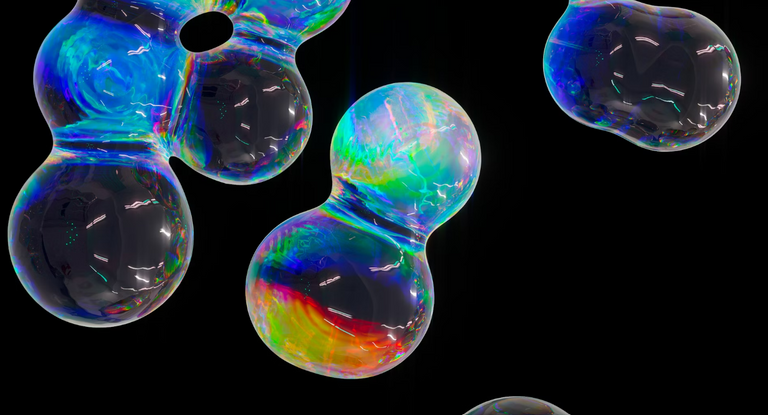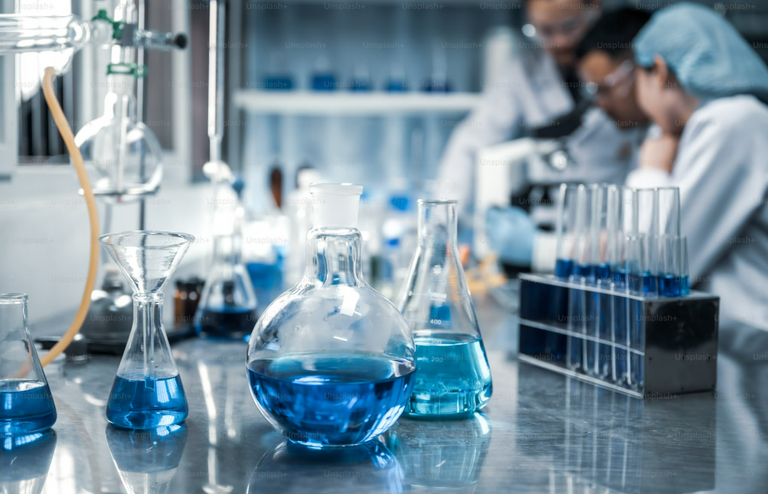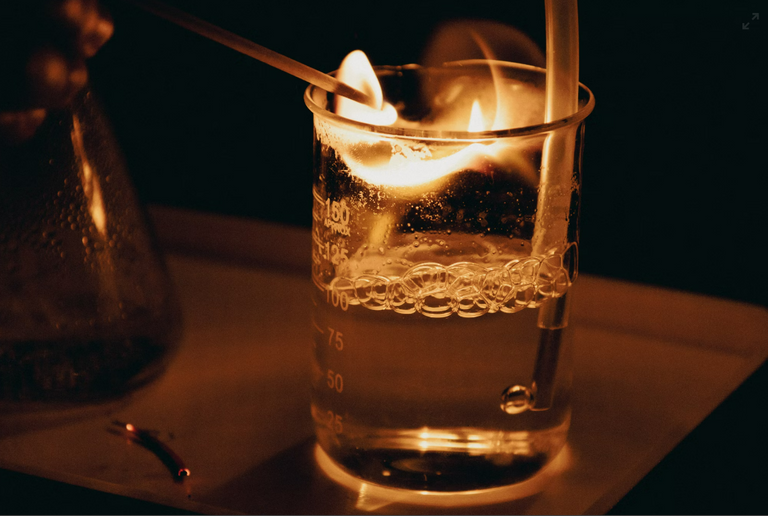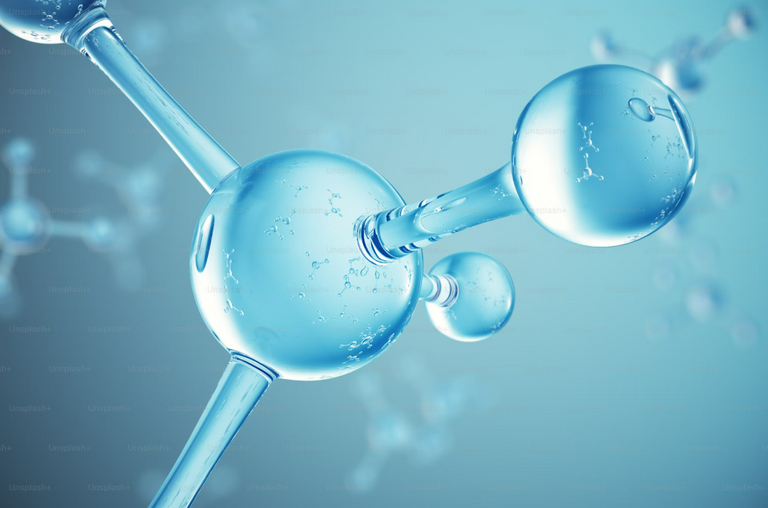Chemistry is often described as the "central science" because it connects other sciences like biology, physics, and environmental science. Beyond the lab, chemistry is deeply intertwined with our daily lives, from the food we eat to the cleaning products we use. Let’s explore how chemistry shapes our world in fascinating ways.
1. The Chemistry of Cooking
Cooking is one of the most relatable examples of chemistry in action:
- Maillard Reaction: This is the browning process that occurs when proteins and sugars in food are exposed to heat, creating rich flavors and aromas in baked goods and grilled meats.
- Emulsions: Mixing oil and water to make mayonnaise or salad dressing involves emulsifiers, like egg yolks, that stabilize the mixture.
- Leavening Agents: Baking soda and baking powder release carbon dioxide when they react with acids, causing dough to rise and become fluffy.
2. Chemistry in Cleaning Products
From detergents to disinfectants, cleaning relies on chemical reactions:
- Surfactants: These molecules have hydrophilic (water-attracting) and hydrophobic (water-repelling) ends, allowing oils and grease to mix with water for effective cleaning.
- Bleach: Sodium hypochlorite in bleach breaks down stains through oxidation, killing bacteria and viruses in the process.
- Vinegar and Baking Soda: This combination produces carbon dioxide gas, making it a natural cleaning agent for clogged drains.
3. Chemistry in Medicine
The development and action of drugs are rooted in chemistry:
- Pain Relievers: Medications like aspirin inhibit enzymes involved in pain and inflammation.
- Antibiotics: Chemicals such as penicillin disrupt bacterial cell walls, killing harmful bacteria without harming human cells.
- Vaccines: Chemistry enables the design of stable, effective vaccines that trigger immune responses without causing disease.
4. Chemistry of Emotions
Our feelings are influenced by chemicals in the brain:
- Dopamine: Often called the "feel-good" neurotransmitter, it plays a key role in motivation and pleasure.
- Serotonin: This chemical regulates mood, sleep, and appetite.
- Adrenaline: Released during stress, adrenaline prepares the body for "fight or flight."
5. Environmental Chemistry
Understanding the environment requires a chemical perspective:
- Greenhouse Gases: Molecules like carbon dioxide and methane trap heat in the atmosphere, contributing to global warming.
- Ozone Layer: The ozone (O₃) layer absorbs harmful ultraviolet radiation, protecting life on Earth.
- Water Purification: Chemical processes like chlorination and ion exchange make water safe for drinking.
6. Chemistry in Beauty and Personal Care
Many personal care products rely on carefully formulated chemicals:
- Shampoos: Contain surfactants to remove oils and silicones to add shine.
- Sunscreens: Use chemicals like zinc oxide or avobenzone to block UV rays.
- Perfumes: Made from a blend of natural and synthetic compounds to create unique scents.
7. Chemistry in Energy
The energy we use, from gasoline to batteries, involves chemistry:
- Combustion: Fuels like gasoline undergo combustion reactions, releasing energy in the form of heat and light.
- Batteries: Chemical reactions between electrodes and electrolytes store and release electrical energy.
- Renewable Energy: Chemistry plays a role in developing solar panels, hydrogen fuel cells, and biofuels.
8. Chemistry of Materials
The materials we use every day are products of chemical engineering:
- Plastics: Made from polymers, which are long chains of molecules derived from petroleum.
- Metals and Alloys: Chemistry determines the properties of metals like steel or bronze, used in construction and tools.
- Textiles: Synthetic fabrics like polyester and nylon are designed for durability and comfort.
9. Fun Chemistry Experiments at Home
Here are some simple and safe experiments to explore chemistry:
- Volcano Reaction: Combine baking soda and vinegar to simulate an erupting volcano.
- Invisible Ink: Use lemon juice as ink, then heat the paper to reveal your message.
- Slime Making: Mix glue with borax solution to create stretchy, fun slime.
Why Chemistry Matters
Chemistry is not just about memorizing formulas or conducting experiments; it’s about understanding the world at a molecular level. By recognizing the chemistry behind everyday phenomena, we can make informed decisions, innovate for a better future, and appreciate the beauty of science in our lives.
So the next time you enjoy a cup of coffee, clean your home, or feel the warmth of the sun, take a moment to appreciate the incredible chemistry at work!




That was a very interesting post @india-news! I was wondering the scientific name for happiness was, and now I know it's dopamine! Chemistry is a very interesting subject that I could learn about all day, and that makes me glad I came across this post and the interesting facts in it. Keep up the good work!